Victor Ngaruiya , Legal Researcher
According to the latest data from the National Transport and Safety Authority (NTSA) on road crashes between January 1 and April 1, 2024, a total of 7,198 Kenyans have been involved in road accidents where 3,316 were seriously injured and 2,693 suffered from minor injuries.
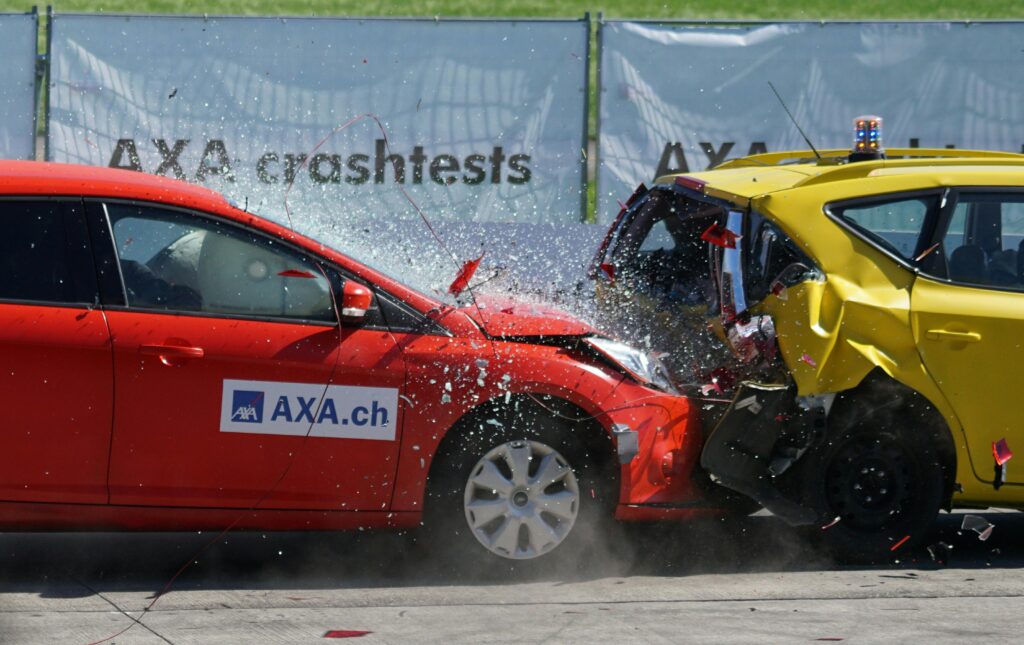
Basic steps to take after a motor vehicle accident in Kenya
- Report the accident immediately to the police and to your insurance company or insurance agent, whether it’s the insured who has caused the accident or a third party.
- The police will subsequently prepare a police abstract
- Take pictures of the damaged vehicle and the general scene, before the vehicle is moved or towed.
- Once the claim has been reported to the insurance company, they would require you to give the full particulars of the claim to facilitate the processing. These will include the duly filled claim form, accident scene photos plus other requisite documents.
- The insurance company embarks on an assessment and investigation process regarding the claim.
Where you did not have a Driving License
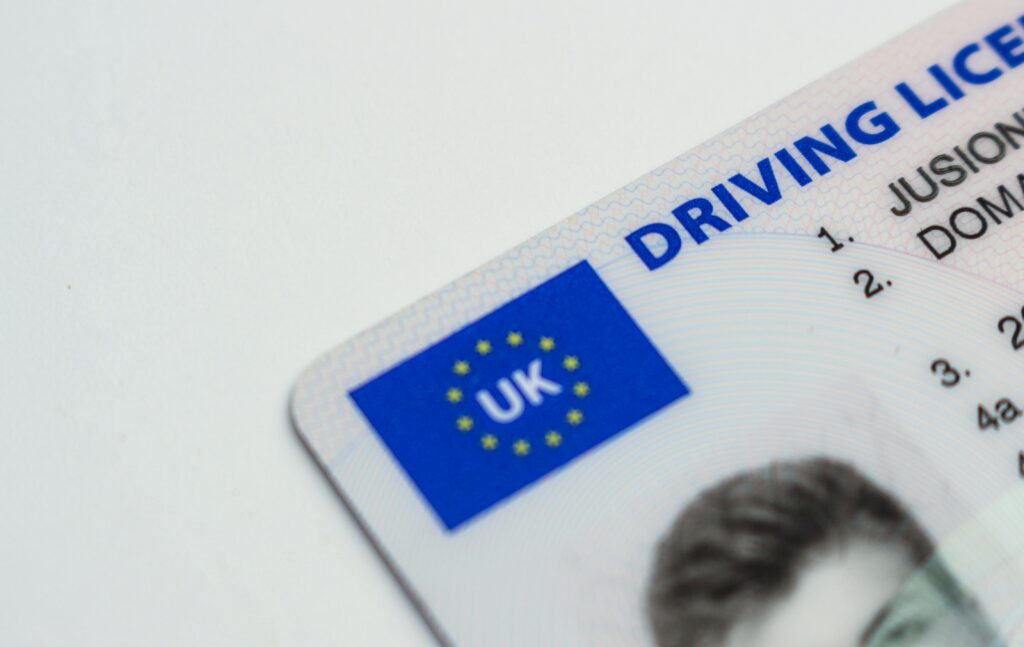
In the case of Elizabeth Gathoni Thuku v Peter Kamau Maina & Another HCCA No 92 Of 2017 C Kariuki J held that: “The unlicensed motorcyclist is not automatically liable simply by virtue of being without a license, rather it lies on who acted carelessly in some way, causing the collision.”
Steps to make an accident claim
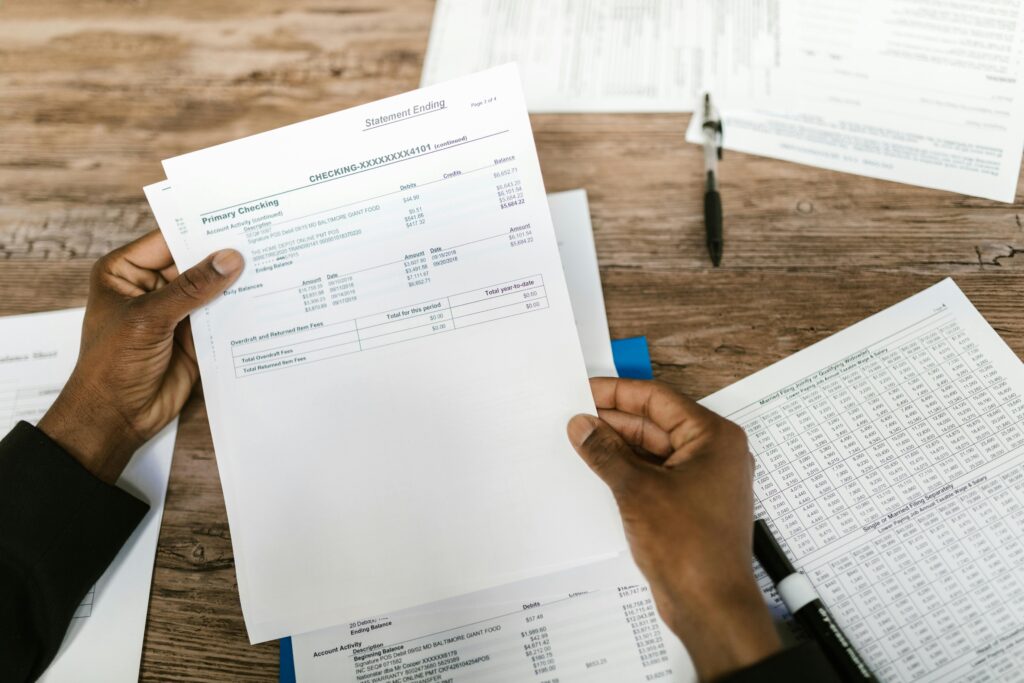
If you want to claim damages for the injuries suffered as a result of the accident
- Report the matter to the police and Obtain an OB Number
- Seek medical treatment for the injuries obtained
- The police will issue a P3 Form to be completed and will subsequently give a police abstract.
- If your vehicle is damaged seek an assessment of the damages from Licenced Motor Vehicle Assessor.
- The legal process will subsequently commence by your advocates writing to the other party via a demand letter.
- In the event of failure to arrive at an out of court settlement agreement, you can proceed with the legal proceedings.
The insurance company is not enjoined in a suit as a party
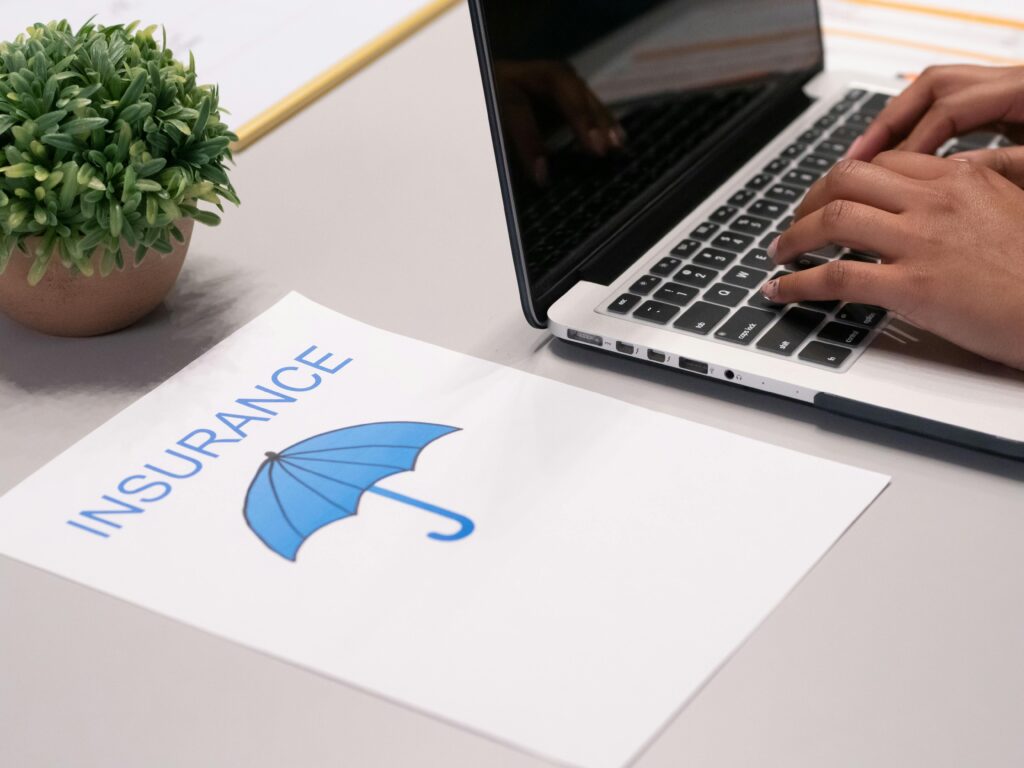
The court in the case of Lalchard Shah & Another vs Kenindia Insurance Company Limited [2005] eKLR deliberated on this issue and stated:-
“The insurance company according to law are never enjoined as a party in a tort suit. This is because the cause of action against an insurance company arises after liability and quantum has been determined by a court of law. All the party suing requires to do before trial is to issue a statutory notice to the insurance company to notify them that a suit will be filed against their insured where the tort case is finalized and there is no pending appeals, review application and any issues. The insurance company on behalf of its insured would be obliged to pay. If it fails to do so, the plaintiffs are to file a declaratory suit in the High Court seeking for the court to pronounce that they are owed the award.”
Where to file the matter
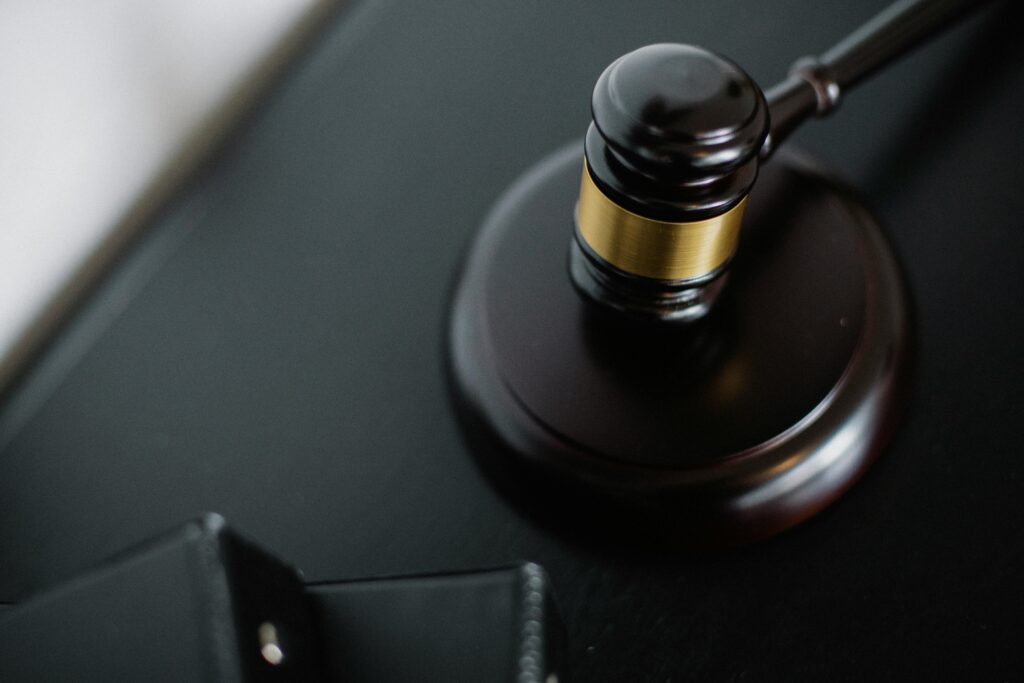
A not so recent decision of the High Court sitting at Mombasa rendered by Justice DKN Magare on 3rd July 2023 in Ogwari v Hersi (Civil Appeal 223 of 2022) [2023] KEHC 20111 (KLR) has caused a stir among Small Claims Courts’ users and practitioners and undeniably tossed the running down practice space into a state of confusion. Among the Honourable Judge’s findings were, firstly, that a “claim for personal injury for accident cases, in view of the notices to be served after filing under Cap 405 and the particulars of negligence which must be proved in common law, is singularly unsuited for the small claims court” and, secondly, that “a claim that has no monetary value, that is a claim at large, where damages have to be assessed is not a small claim.” This determination has had extensive impact being that a sizeable portion of claims before Small Claims Courts across the country constitute personal injury claims arising from road traffic accidents. Consequently, many respondents have raised preliminary objections and, thus, there is utter uncertainty over the eventuality of already filed matters. The most logical and least disruptive proposal would be for the already filed matters to proceed to their conclusion but no more running down claims can be filed going forward. Instead file at the Magistrates Court or the High Court according to the pecuniary limits of the claim.
How courts calculate the various heads of Compensation

In Court, the family of the deceased is compensated as follows:
- Compensation under the Law Reform Act
- Pain and Suffering of the deceased
- The loss of Expectation of life of the deceased
The generally accepted principle is that very nominal damages will be awarded under these heads if the death followed immediately after the accident. The conventional award for loss of expectation of life is Kshs 100,000/- while for pain and suffering the awards range from Kshs 10,000/= to Kshs 100,000/= with higher damages being awarded if the pain and suffering was prolonged before death.
b. Compensation under the Fatal Accidents Act
To assess damages under this head, it is necessary to determine the deceased’s income, the dependency ratio of his dependants and the multiplier to be used. The deceased’s income is calculated per year as is called the multiplicand. The multiplier are the number of years the deceased was expected to work until retirement. In Alexander Okinda Anagwe (suing as the administrator of the estate of Patricia Kezia Anagwe deceased) v Reuben Muriuki Kahuha, City Hopper Ltd, Michael A. Craig & Rueben Kamande Mburu [2015] eKLR it was held:-
“In determining the multiplicand, the important figure is the net earnings of the deceased. The Court should then multiply the multiplicand by a reasonable figure representing so many years the plaintiff would have worked bearing in mind the expectation of earning life of the deceased and also the vicissitudes of life.” Note that courts have been defining net income to mean gross income less the tax element as was held in Leonard O. Elisa & Another v Major K. Birgen (2005) eKLR.
c) Specific damages
These are damages that are strictly economic and must be proven before they can be awarded by the court. The injured party must produce documents to prove the harm or loss :
- Receipts in payment of medical expenses and repairs.
- Care Costs
- Replacement of Damaged Property
- Transportation Costs
- Other expenses incurred and associated to injuries from the accident.
Know the general Rule in awarding General Damages

These damages are not ascertained and are subject to assessment by the court or by the parties through a consent. The general rule was laid out In the case of Mohamed Mahmoud Jabane v High Shine Butty Tongoi CA No. 2 of {1986} KLR Vol. 1. The Court of Appeal stated as follows:
“The correct approach in award of damages are:
(1). Each case depends on its own facts.
(2). Awards should not be excessive for the sake of those who have to pay premiums, medical fees or taxes.
(3). Compensable injuries should attract comparable awards.
(4). Inflation should be taken into account.
(5). Loss of future earnings has to be pleaded. (The loss of salaries or wages which were lost by reasons of inability to work due to the accident)
(6). Loss of earnings power is part of the general damages
Understand the Principle of Subrogation

Subrogation basically refers to the act of one person or party standing in the place of another person or party. In simpler terms, this is where the Insurance reserves a right to claim from the wrong doer or third party after stepping up for them and paying the compensatory amounts.
The principle of subrogation therefore applies where there is a contract of insurance. If the “insured risk” takes effect and the insurer settles the insured’s claim, then the insurer is entitled to diminish the loss suffered by its insured by seeking compensation from the party who caused the loss. The assumption is that the loss would have accrued due to the acts of a third party. By the principle of subrogation, the insurer is put in the position of the insured and is entitled to claim compensation from the 3rd party who caused the accident. The extent of the compensation is not more than what has been paid to the insured.
This doctrine of subrogation was interrogated in the case of Mercantile Life & General Assurance Company Limited & another v Dilip M Shah & 3 others [2015] eKLR, citing K.I. Laibuta; Principles of Commercial Law at pg 254 where the author stated as follows:
“Having compensated the insured, the insurer is entitled to take advantage of and enforce any legal and equitable rights and remedies that the insured has or might have enforced against such third party whether in contract or in tort. To enforce such rights, the insurer brings the action in the name of the insured who must lend his name in return of an undertaking that he will not be personally liable for the costs in the action. The insurer is said to “step into the shoes” (stands in the place of the insured) and is subrogated to his rights. Subrogation is the substitution of one person for another so that the person substituted succeeds to and assumes the rights of the other.”

